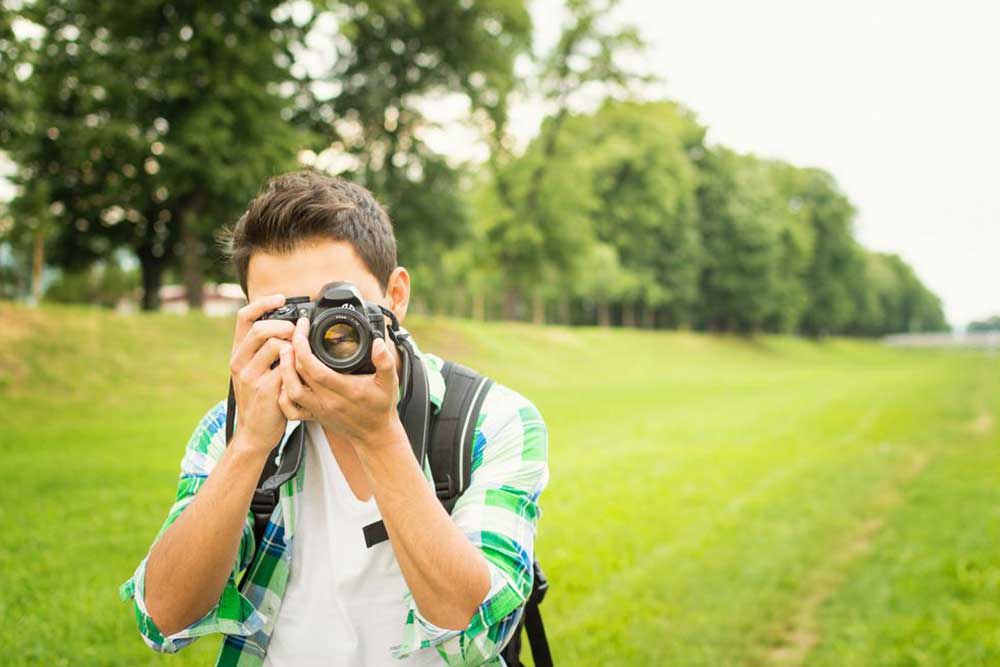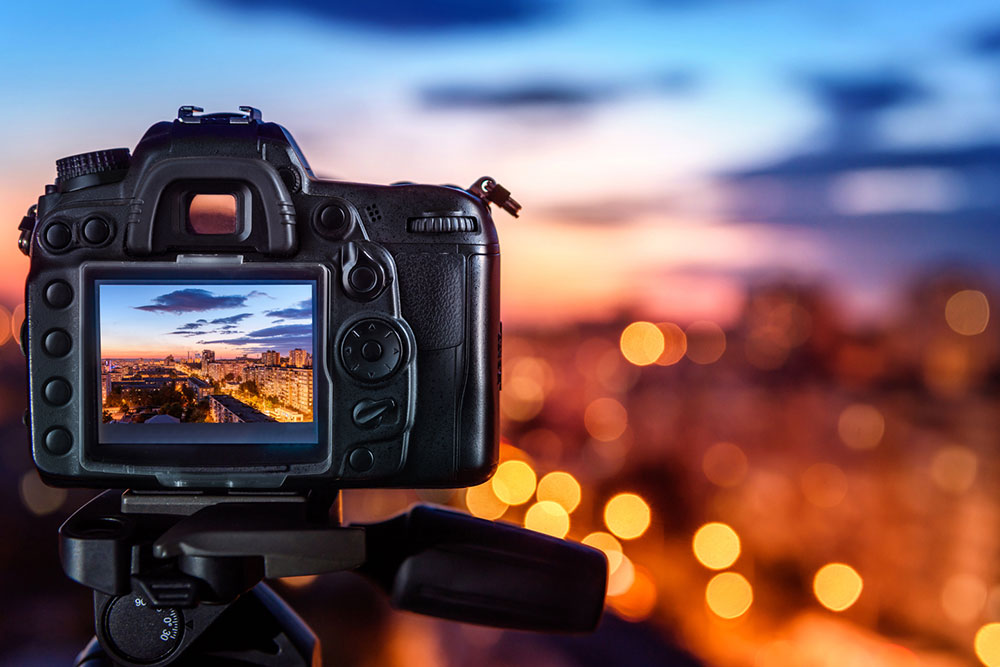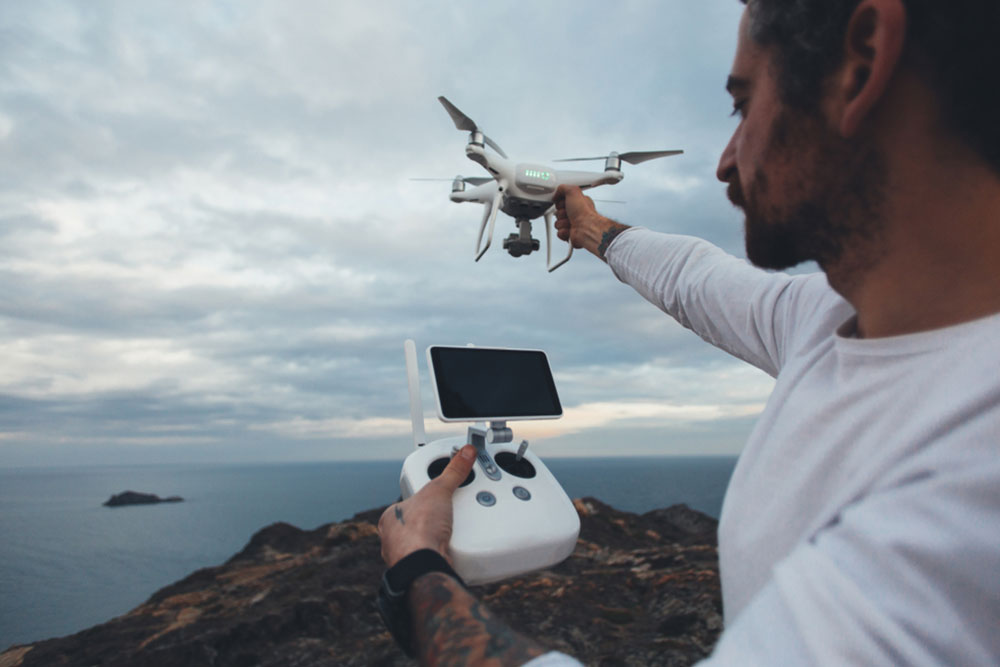Essential Beginner Strategies to Enhance Your Digital Photography
Discover five essential tips for beginners to improve digital photography. Learn how to apply the rule of thirds, master the exposure triangle, shoot in RAW, experiment with lenses, and utilize natural indoor light. Perfect for novice photographers eager to enhance their skills and capture stunning images with confidence.

Essential Beginner Strategies to Enhance Your Digital Photography
Mastering the art of capturing beautiful images involves understanding key techniques. With intuitive digital cameras available today, anyone can start developing their photography skills. If you're new to DSLR or mirrorless cameras, it might feel intimidating initially. Don’t fret—here are five core tips to kickstart your photography exploration.
Utilize the 'Rule of Thirds'
This basic concept recommends avoiding centering your subject. Visualize dividing your frame into nine equal parts with two horizontal and vertical lines. Placing your subject at these intersections boosts visual appeal.
The points where the lines cross are perfect spots to position your main subject. Applying the 'Rule of Thirds' draws attention and ensures balanced compositions.
Learn the 'Exposure Triangle'
Grasping how aperture, shutter speed, and ISO interact—collectively called the 'Exposure Triangle'—is key to capturing well-lit images across various lighting conditions. Practicing this improves your creative control and results. Consistent effort is needed for mastery.
Shoot in RAW Format
Before shooting, set your camera to record images in RAW instead of JPEG. RAW files retain all sensor data, providing more detail and editing flexibility. Professionals prefer RAW for its quality and post-processing advantages.
Explore Different Lenses
If starting with an 18-55mm kit lens, try other options like telephoto, prime, wide-angle, or macro lenses. Experimenting with different optics unlocks new creative opportunities and enhances your photographic abilities.
Leverage Natural Indoor Lighting
For indoor photography, prefer natural light over flash. Turn off the flash, increase the ISO to about 800 or more, and open your lens to its widest aperture. Modern cameras display results instantly on the LCD, helping you improve your indoor shots.


